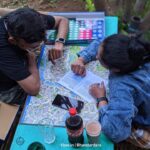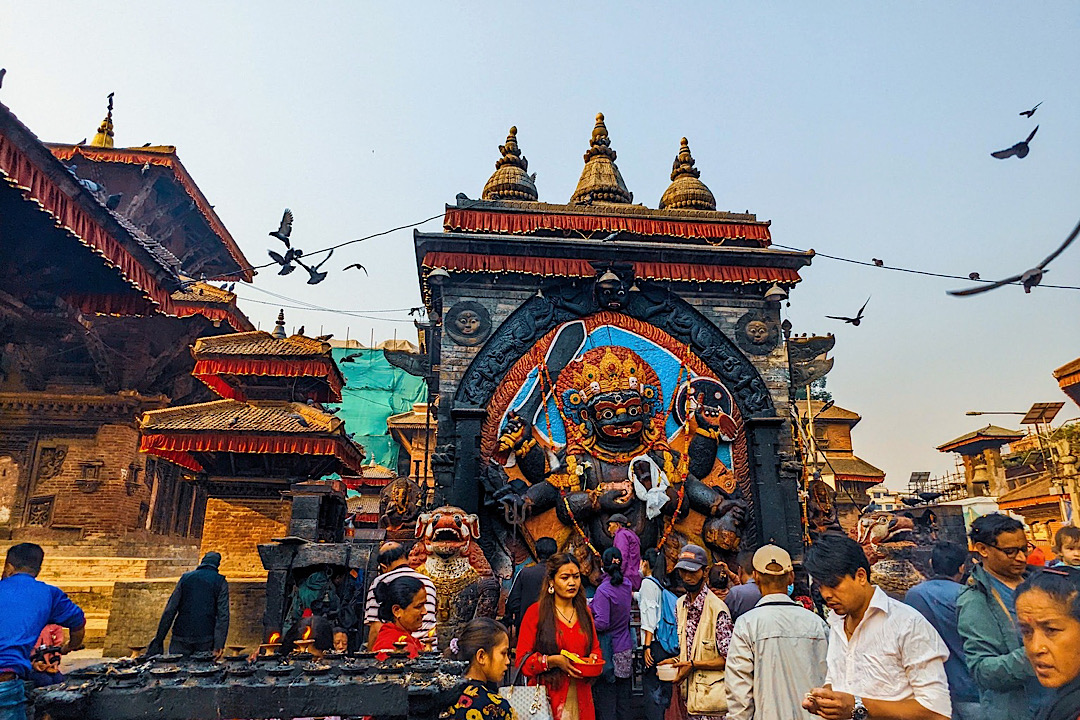
13 Amazing Facts about Nepal
Nepal is the only country with a non-rectangular flag
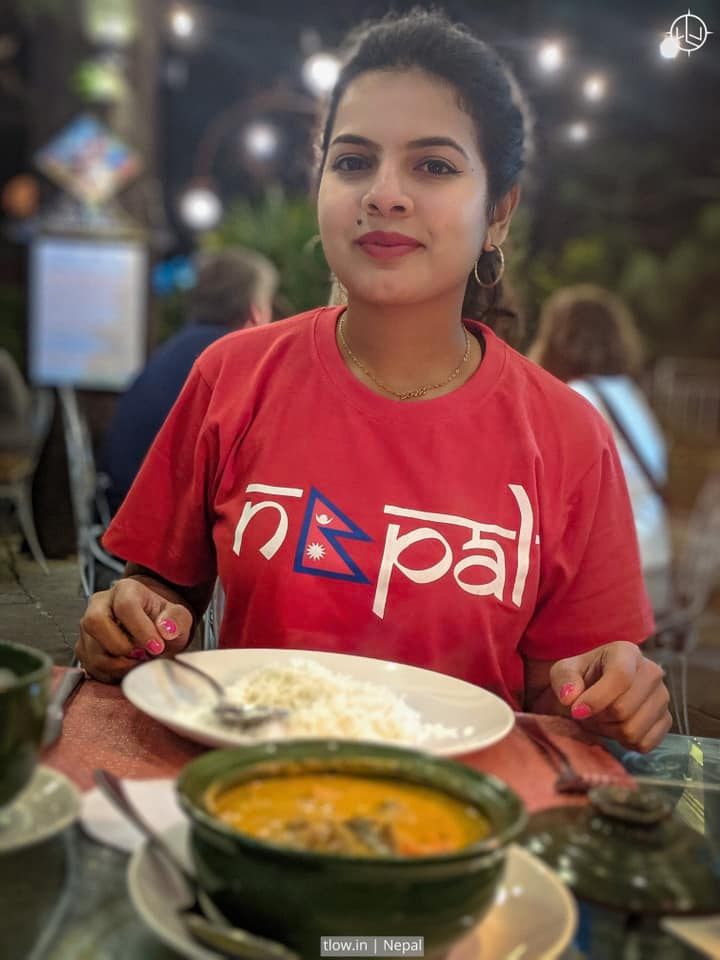
Most countries have flags that are rectangular or square in shape, but not Nepal. Nepal’s flag is made up of two triangular pennants that represent the Himalayan mountains and the two major religions of the country, Hinduism and Buddhism. The flag also has a sun and a moon symbolising the hope for eternal peace and prosperity. The flag’s unique shape makes it stand out among other flags of the world.
2. Nepal is home to the highest mountain in the world
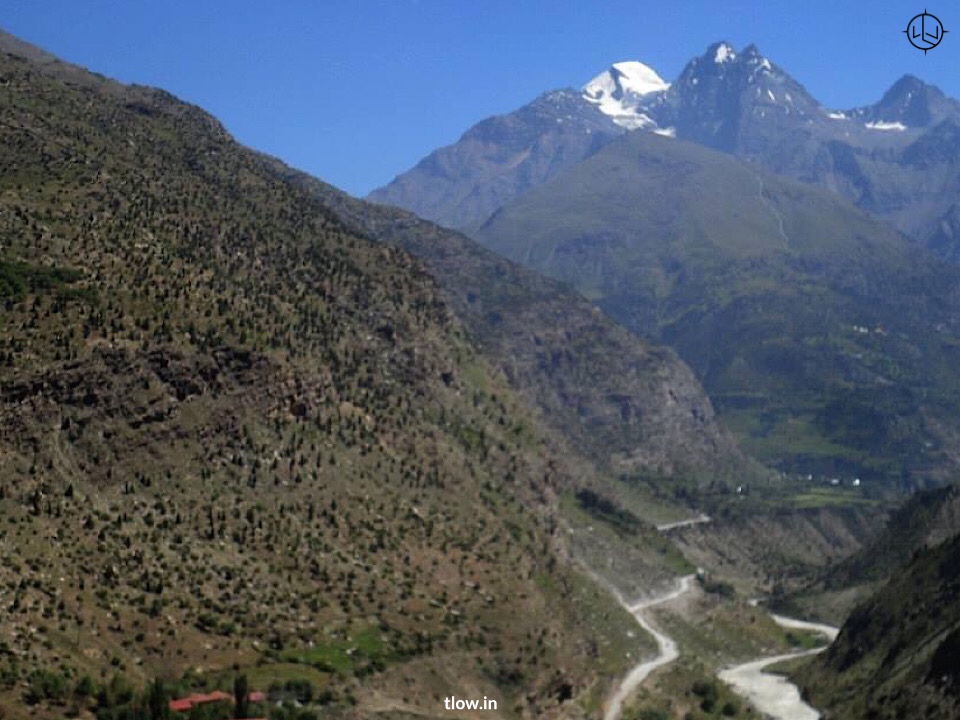
Nepal is famous for its mountainous terrain, especially the Himalayas, which contain some of the highest peaks in the world. The most well-known of these is Mount Everest, which stands at 8,848 meters (29,029 feet) above sea level. It is the ultimate challenge for many mountaineers and adventurers who dream of reaching its summit. However, climbing Everest is not easy or cheap. It requires a lot of preparation, equipment, permits, guides, and luck. It also poses many risks such as altitude sickness, avalanches, frostbite, and death. More than 300 people have died on Everest since the first successful ascent in 1953.
3. Nepal has a living goddess
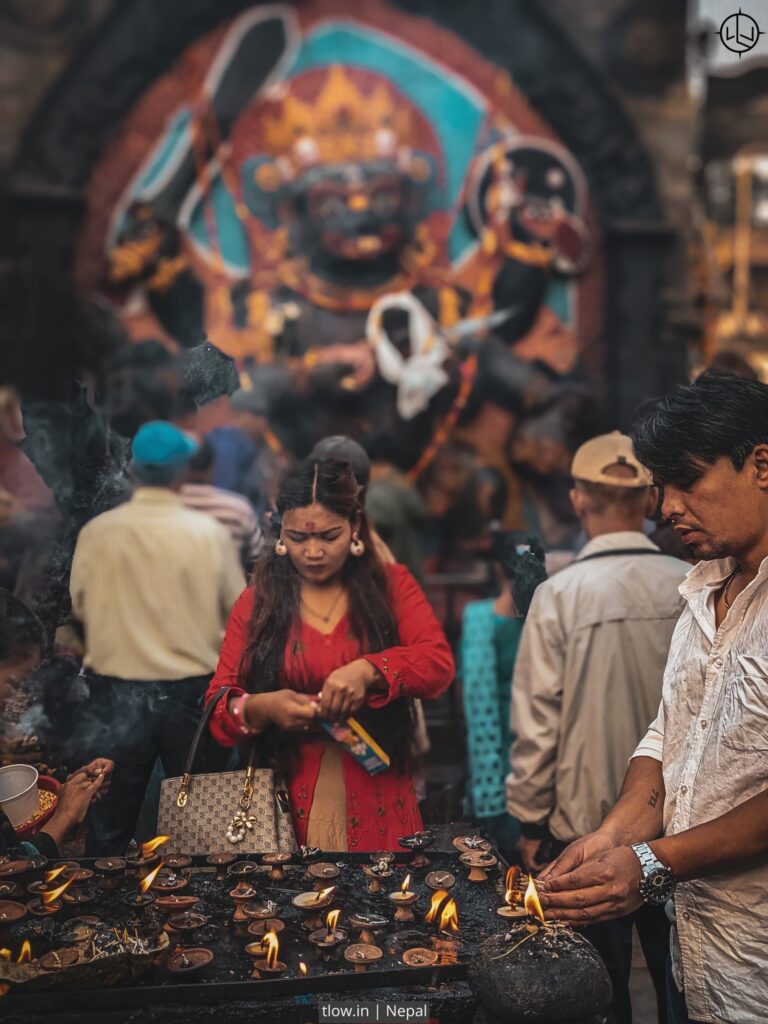
One of the most intriguing aspects of Nepali culture is the tradition of worshipping a young girl as a living goddess or Kumari. The Kumari is believed to be the incarnation of Taleju, a Hindu goddess who protects the country. She is selected from among the Buddhist Newar community based on strict criteria such as having perfect physical features, no scars or blemishes, and no fear of blood or darkness. She lives in a palace in Kathmandu and receives visitors who seek her blessings.
She also participates in various festivals and ceremonies throughout the year. However, her life as a goddess is not permanent. She loses her divine status once she reaches puberty or bleeds for any reason. She then returns to her normal life and faces the challenges of adjusting to society.
4. Nepal has more than 80 ethnic groups and 120 languages
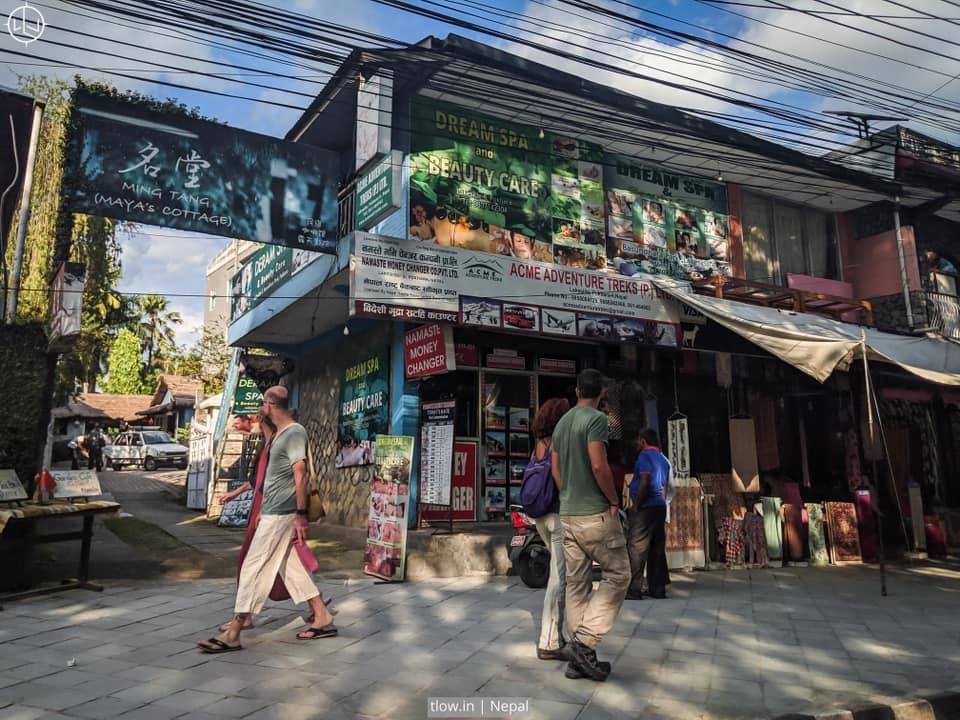
Nepal is a diverse country with people of different origins, cultures, religions, and languages. According to the 2011 census, there are more than 80 ethnic groups and 120 languages spoken in Nepal. The largest ethnic group is the Chhetri (16.6%), followed by the Brahman-Hill (12.2%), Magar (7.1%), Tharu (6.6%), Tamang (5.8%), Newar (5%), Kami (4.8%), Muslim (4.4%), Yadav (4%), Rai (2.3%), Gurung (2%), and others.
The official language is Nepali, which is derived from Sanskrit and written in Devanagari script. However, many people also speak other languages such as Maithili, Bhojpuri, Tharu, Tamang, Newari, Magar, Rai, Limbu, Sherpa, Gurung, and English.
5. Nepal has a unique calendar system
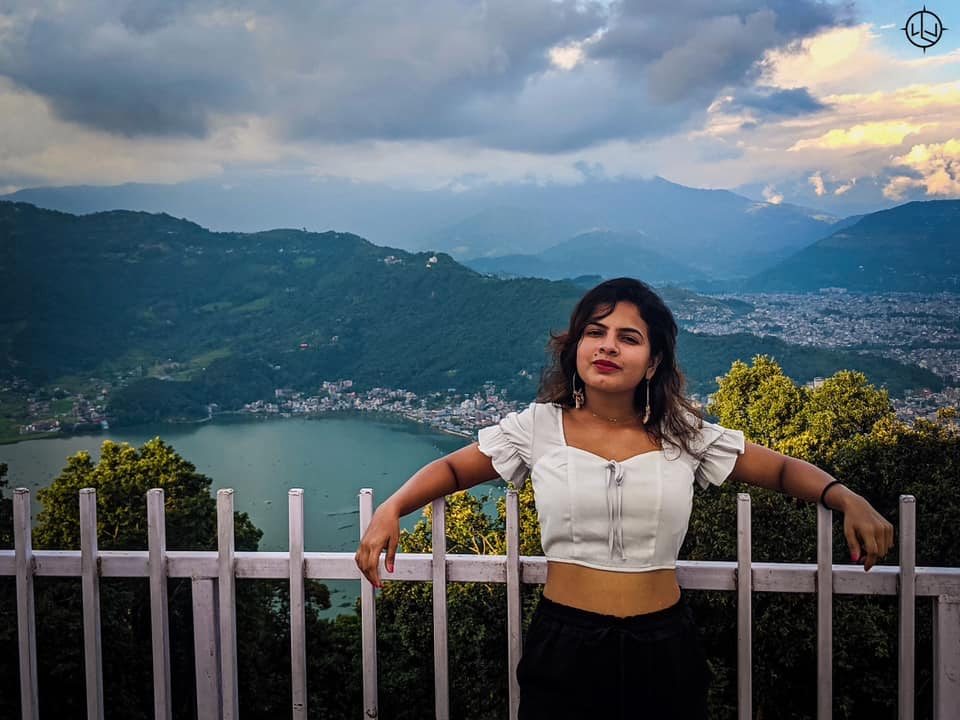
They follows a different calendar system than most countries in the world. It is based on the lunar cycle and has 12 months of varying lengths. The Nepali calendar is approximately 67 years ahead of the Gregorian calendar used in the West. For example, the year 2023 AD corresponds to the year 2080 BS (Bikram Sambat) in Nepal. The Nepali New Year falls in mid-April and is celebrated with various festivities and rituals. Some of the other important festivals in Nepal are Dashain (the biggest festival of Hindus), Tihar (the festival of lights), Holi (the festival of colors), Buddha Jayanti (the birthday of Buddha), Lhosar (the Tibetan New Year), and Maha Shivaratri (the night of Lord Shiva).
6. A Sanctuary for Biodiversity
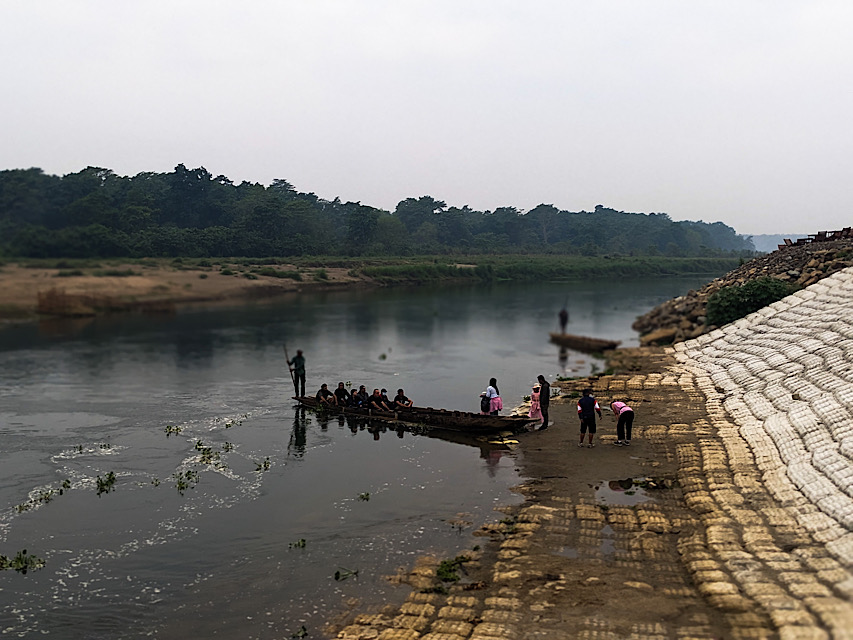
Nepal’s remarkable diversity extends beyond its people and landscapes. The country is a haven for biodiversity, boasting a wide array of flora and fauna. In fact, the country is home to several endangered species, including the elusive Bengal tiger, the one-horned rhinoceros, and the snow leopard. Its varied ecosystems, ranging from lush forests to arid plains, make it a prime destination for nature enthusiasts and wildlife lovers alike.
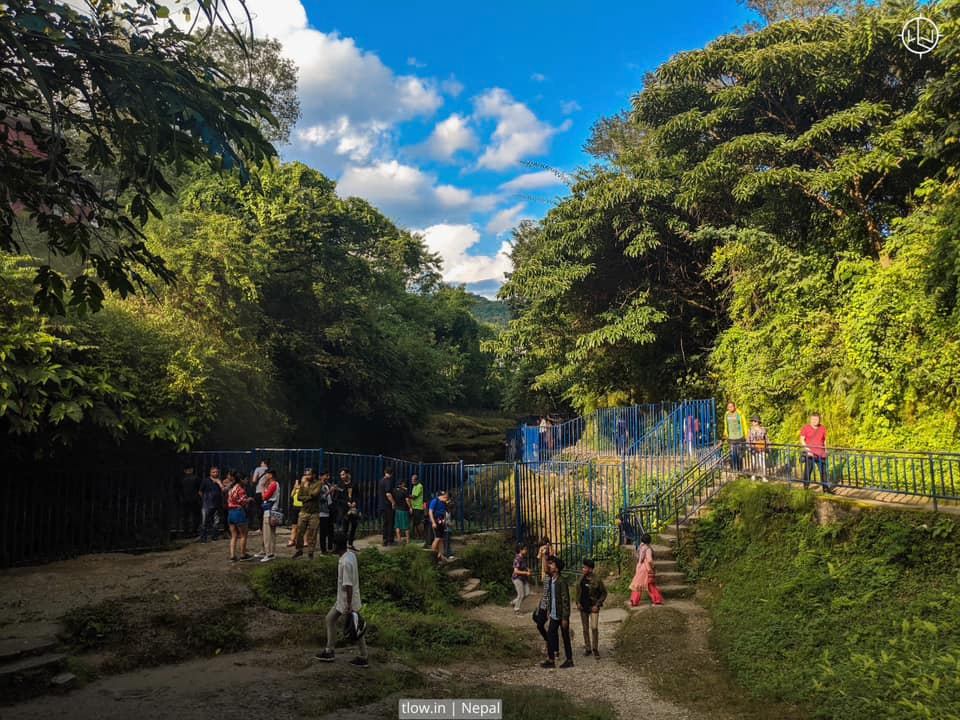
7. Birthplace of Buddha
The country holds a significant place in the hearts of Buddhists around the world, as it is believed to be the birthplace of Siddhartha Gautama, who later became known as Buddha. Lumbini, located in the Rupandehi District of Nepal, is a UNESCO World Heritage Site that marks this sacred spot. Pilgrims from all corners of the globe come to Lumbini to pay their respects to the founder of Buddhism.
8. Diverse Festivals and Cultural Extravaganzas
The cultural calendar is brimming with vibrant festivals that reflect the nation’s religious diversity. Dashain, the largest Hindu festival, signifies the victory of good over evil and is celebrated with fervor and family gatherings. Tihar, also known as Deepawali or the festival of lights, honors animals and is marked by mesmerizing displays of oil lamps. Indra Jatra, celebrated in Kathmandu, involves elaborate processions and traditional dances that honor Lord Indra, the god of rain.
9. An Ancient Craftsmanship Tradition
Nepal is renowned for its intricate craftsmanship, with artisans creating stunning works of art. The wood-carved temples and pagodas that dot the landscape showcase the country’s architectural prowess. The metalwork, Thangka paintings, and delicate handicrafts embody the dedication and skill of Nepali craftsmen, passed down through generations.
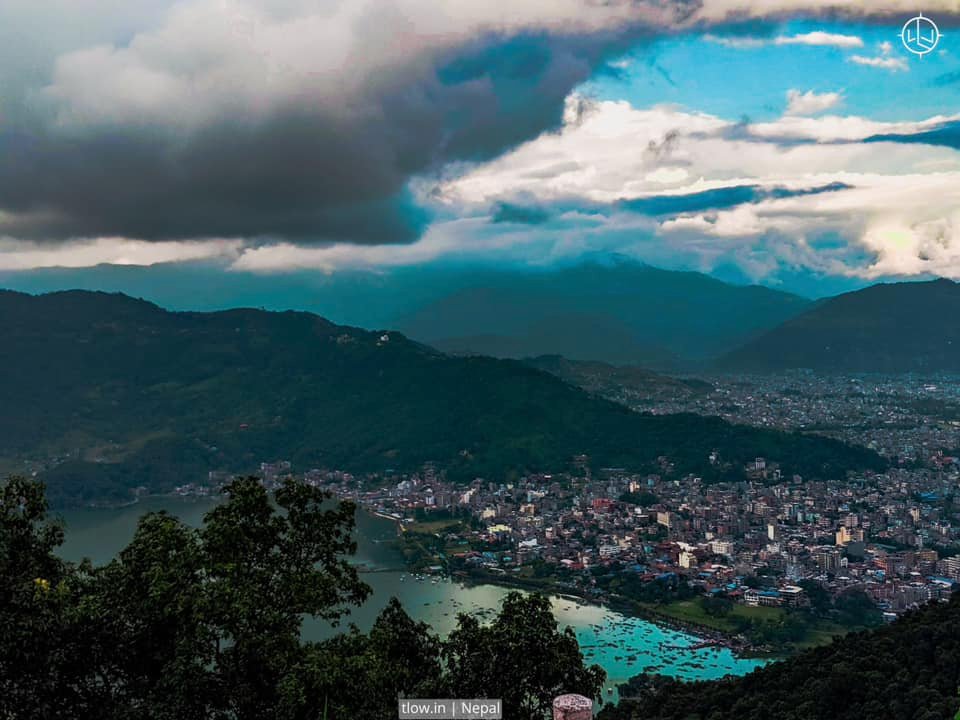
10. The Beauty of Devotion
The spiritual and religious heritage is palpable in its thousands of temples, monasteries, and stupas. Among them, the iconic Pashupatinath Temple, dedicated to Lord Shiva, draws pilgrims and visitors from afar. Bouddhanath Stupa, one of the largest stupas in the world, stands as a testament to Nepal’s reverence for Buddhism.
11. Enchanting Street Art
Kathmandu, the country’s capital, is not only a repository of history but also a canvas for modern expression. The city’s streets and alleys are adorned with colourful murals and street art that reflect contemporary Nepal’s cultural fusion and social narratives.
12. Gurkhas: Warriors of Valor
The bravery of Nepal’s Gurkha soldiers is legendary. Known for their unwavering courage and loyalty, Gurkhas have a storied history of serving in the British and Indian armies. Their contributions to global conflicts have earned them respect and admiration worldwide.
13. Time-Honored Medicinal Wisdom
Nepal’s indigenous communities have passed down a treasure trove of traditional healing practices and herbal remedies. The knowledge of medicinal plants and holistic therapies continues to thrive, offering an alternative approach to well-being.
From the peaks of the Himalayas to the intricacies of cultural traditions, Nepal unfolds as a realm of wonder, where history, spirituality, and natural splendour intertwine. Each fact adds a layer of depth to the canvas of Nepal’s story, inviting us to explore, learn, and appreciate the country’s enduring allure.



